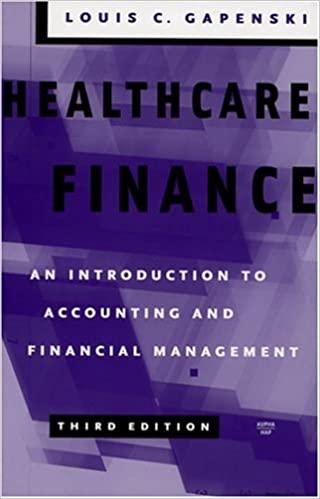Question
Krogh Lumber: Balance Sheet as of December 31, 2019 (thousands of dollars)Cash $ 1,800 Accounts payable $ 7,200Receivables 10,800 Accrued liabilities 2,520Inventories 12,600 Notes payable
Krogh Lumber: Balance Sheet as of December 31, 2019 (thousands of dollars)Cash $ 1,800 Accounts payable $ 7,200Receivables 10,800 Accrued liabilities 2,520Inventories 12,600 Notes payable 3,472Total current assets $25,200 Total current liabilities $13,192Mortgage bonds 5,000Net fixed assets 21,600 Common stock 2,000 Retained earnings 26,608Total assets $46,800 Total liabilities and equity $46,800Krogh Lumber: Income Statement for December 31, 2019 (thousands of dollars)Sales $36,000Operating costs including depreciation 30,783Earnings before interest and taxes $ 5,217Interest 1,017Earnings before taxes $ 4,200Taxes (25%) 1,050Net income $ 3,150Dividends (60%) $ 1,890Addition to retained earnings $ 1,260a. Assume that the company was operating at full capacity in 2019 with regard to all items except fixed assets; fixed assets in 2019 were being utilized to only 75% of capacity. By what percentage could 2020 sales increase over 2019 sales without the need for an increase in fixed assets?b. Now suppose 2020 sales increase by 25% over 2019 sales. Assume that Krogh cannot sell any fixed assets. All assets other than fixed assets will grow at the same rate as sales; however, after reviewing industry averages, the firm would like to reduce its operating costs/sales ratio to 82% and increase its total liabilities-to-assets ratio to 42%. The firm will maintain its 60% dividend payout ratio, and it currently has 1 million shares outstanding. The firm plans to raise 35% of its 2020 forecasted inter-est-bearing debt as notes payable, and it will issue bonds for the remainder. The firm forecasts that its before-tax cost of debt (which includes both short- and long-term debt) is 11%. Any stock issuances or repurchases will be made at the firms current stock price of $40. Develop Kroghs projected financial statements like those shown in Table 16.2. What are the balances of notes payable, bonds, common stock, and retained earnings?Comprehensive/Spreadsheet Problem16-15 FORECASTING FINANCIAL STATEMENTS Use a spreadsheet model to forecast the financial statements in Problems 16-13 and 16-14.592Part 6 Working Capital Management, Forecasting, and Multinational Financial ManagementCopyright 2020 Cengage Learning. All Rights Reserved. May not be copied, scanned, or duplicated, in whole or in part. Due to electronic rights, some third party content may be suppressed from the eBook and/or eChapter(s).Editorial review has deemed that any suppressed content does not materially affect the overall learning experience. Cengage Learning reserves the right to remove additional content at any time if subsequent rights restrictions require it.
Step by Step Solution
There are 3 Steps involved in it
Step: 1

Get Instant Access to Expert-Tailored Solutions
See step-by-step solutions with expert insights and AI powered tools for academic success
Step: 2

Step: 3

Ace Your Homework with AI
Get the answers you need in no time with our AI-driven, step-by-step assistance
Get Started


